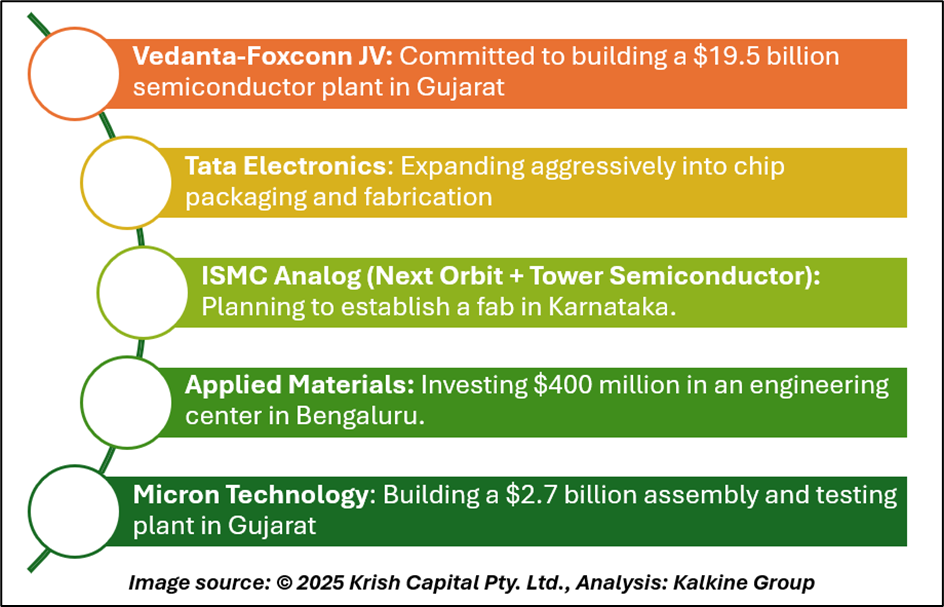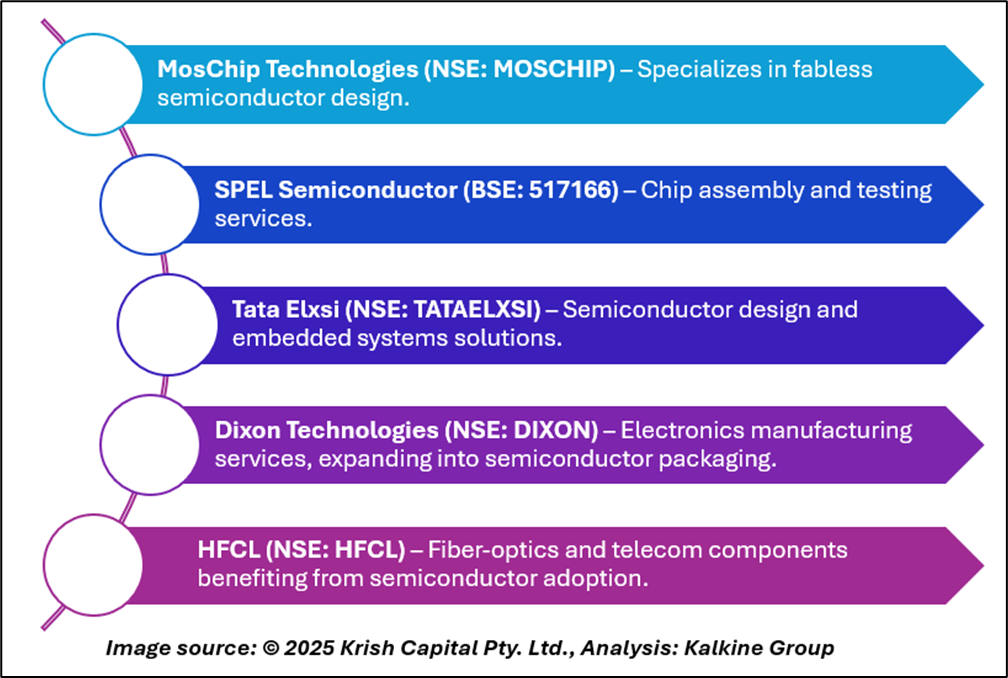India Enters the Semiconductor Era: First Made-in-India Chip Marks Historic Milestone

Source: shutterstock
India has officially entered the semiconductor race with the successful manufacturing of its first made-in-India chip, personally received by Prime Minister Narendra Modi. This milestone comes after decades of missed opportunities and places India firmly on the path to becoming a key player in the global semiconductor ecosystem.
The government is making massive investments in chip design, fabrication, and packaging facilities, aiming to cut reliance on foreign suppliers and secure supply chain resilience in critical technologies. With the digital economy, EV adoption, AI, and 5G driving chip demand, this moves positions India as a strategic hub in the evolving global semiconductor order.24

Government Push: Policy and Investment
- Semicon India Program: $10 billion incentive scheme to support design, manufacturing, and R&D.
- PLI (Production-Linked Incentives): Encouraging both global majors and domestic players to set up fabs in India.
- Strategic Focus: Reduce import dependence (currently 100%) and boost technology sovereignty.
Private Market Key Players
India’s semiconductor landscape is seeing robust engagement from both domestic and international players:

Public Market Key Players
While India does not yet have listed pure-play semiconductor foundries, several listed companies are emerging as critical beneficiaries and enablers of the chip ecosystem:

India’s Road to Semiconductor Leadership
The first chip may only be symbolic in terms of scale, but it sets the stage for India’s semiconductor journey. Backed by strong policies, coordinated efforts between government and industry, and global alliances, India has the potential to secure a meaningful stake in the projected $1 trillion semiconductor market by 2030.
Challenges remain—such as high capital intensity, lack of skilled workforce, and dependence on global IP—but momentum is firmly on India’s side.
Conclusion
India’s first domestically produced semiconductor chip represents a landmark achievement in its journey toward technological independence. Backed by government support, active private sector involvement, and growing global demand, the country is well-positioned to redefine its semiconductor landscape. While challenges remain, strong momentum and strategic planning could establish India as a major player in global chip manufacturing.
Disclaimer:
The information available on this article is provided for education and informational purposes only. It does not constitute or provide financial, investment or trading advice and should not be construed as an endorsement of any specific stock or financial strategy in any form or manner. We do not make any representations or warranties regarding the quality, reliability, or accuracy of the information provided. This website may contain links to third-party content. We are not responsible for the content or accuracy of these external sources and do not endorse or verify the information provided by third parties. We are not liable for any decisions made or actions taken based on the information provided on this website.
Copyright 2025 Krish Capital Pty. Ltd. All rights reserved. No part of this website, or its content, may be reproduced in any form without our prior consent.